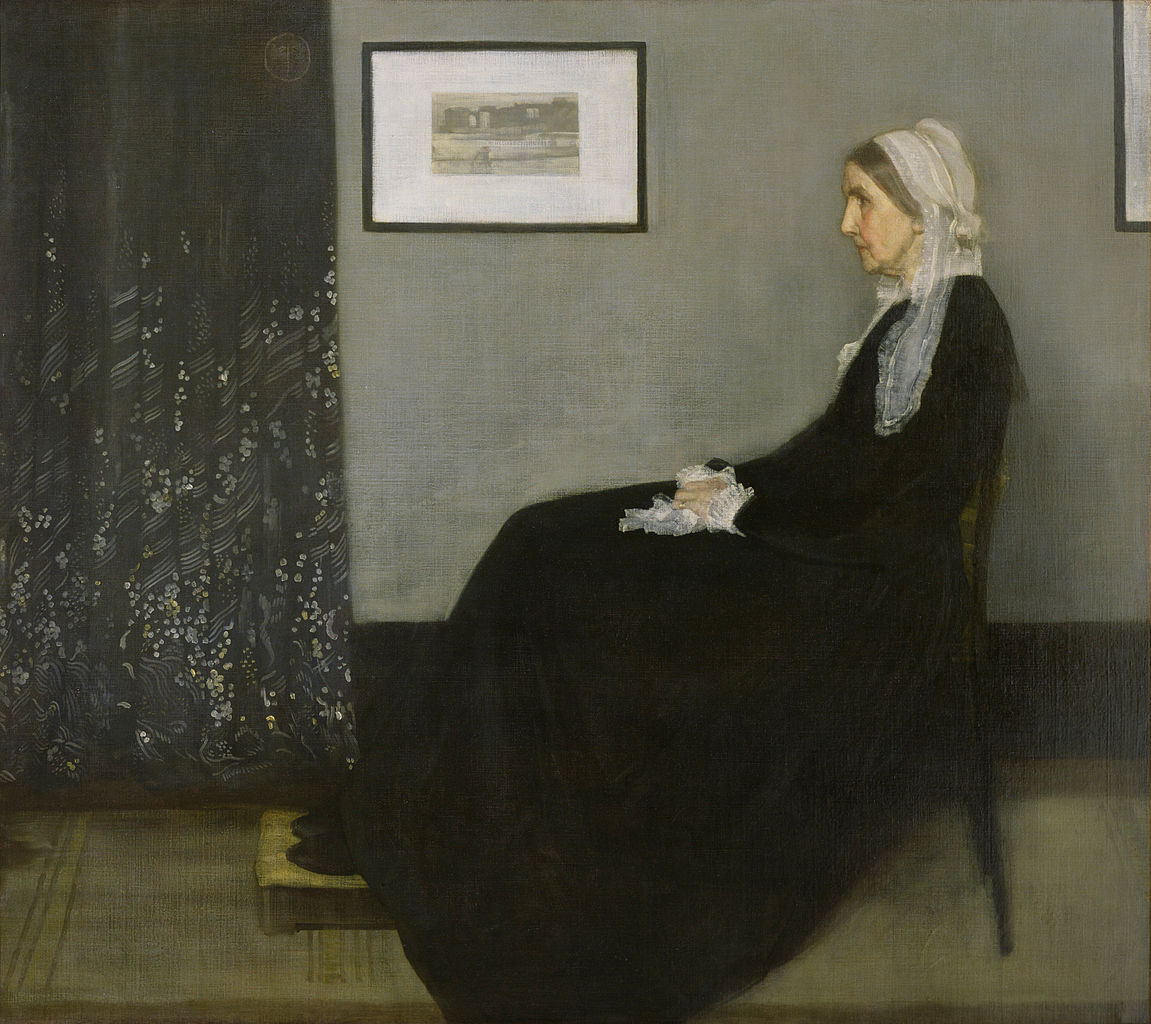| Painting Name | Whistler’s Mother |
| Painter Name | James McNeill Whistler |
| Completion Date | 1871 |
| Place of Creation | London |
| Size | 144.3 cm × 162.4 cm (56.8 in × 63.9 in) |
| Technique | Oil |
| Material | Canvas |
| Current Location | Musée d'Orsay Paris |
Whistler’s mother is an oil-on-canvas painting by American-born painter James McNeil Whistler revealed in 1871. The real name of the painting is Arrangement in Grey and Black No. 1, but in general, it is more famous as Whistler’s Mother. It is now reckoned as one of the most famous paintings in the world and has been described as an American Icon and “Victorian Mona Lisa”.
It is a painting depicting artist’s mother, Anna McNeil Whistler. She is sitting on a chair with ease- her left side towards us- and looking straight. The emotions on the face of quite, cold and the natural discerning peace are portrayed vividly. As if, she is living her most quiet and peaceful years.
After the revelation, the painting got much admiration from critics and public, not instantly though. In 104th Exhibition of the Royal Academy of Art in London 1872, the painting got rejected.
Instead of its official name, why Whistler’s Mother caught up in general, has a little story behind it. It says that the public habituated to view the victoria era picture, would not be much impressed by the simple ‘arrangement’ of things around a lady. So, more appealing title “Portrait of the Artist’ Mother” got attached. Thus, becoming Whistler’s Mother at the end.
Over the years, painting became so popular that it has appeared in many films and television shows, including Rowan Atkinson’s movie Bean and in multiple episodes of The Simpsons.
In American culture, the painting has become a symbol of “Motherhood” and “Family Values”. Honoring its legacy, American Post Office issued a stamp having the image of Whistler’s Mother. Additionally, just like Mona Lisa, Whistler’s Mother has also been parodied numerous times, in movies, television and on the internet.
Because of its popularity, portrait roamed in many exhibitions and museums through these years. Currently, it’s located at Musee d’Orsay, Paris.

